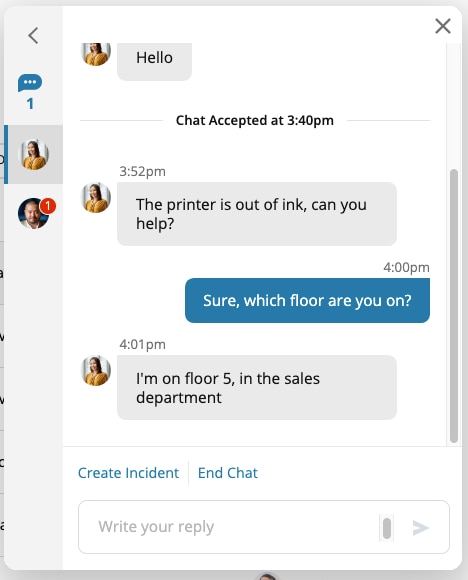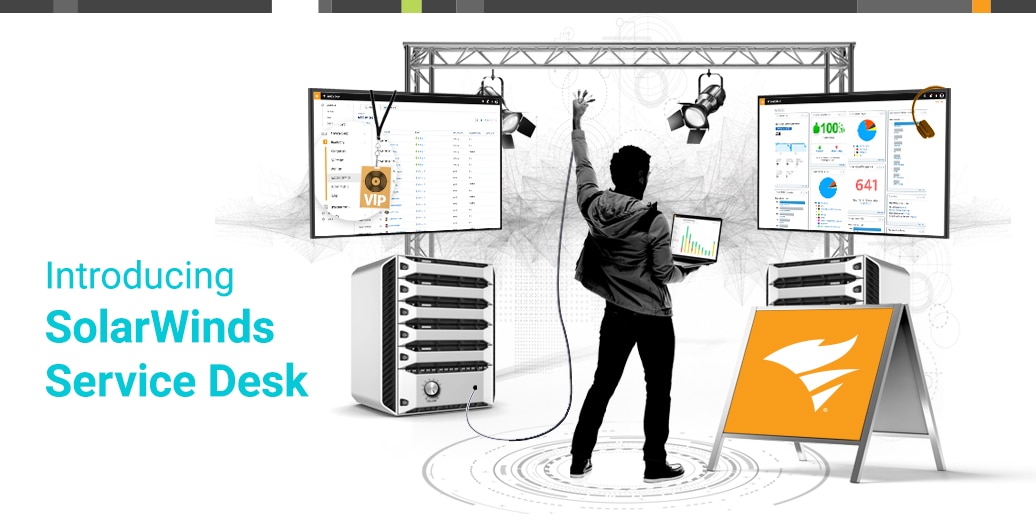What is Employee Engagement?
What’s the best place you’ve ever worked? Why did you like it so much?
Great manager and coworkers? Flexible work schedule? Nice paycheck? These are the reasons that often come to mind.
But according to Forrester, the
number-one factor in employee satisfaction is the ability to make progress every day on the work they feel is important.
Simply put, the best thing an employer can do for its employees is to enable them. Figure out what they need and provide it. That drives employee engagement—creating an environment where employees feel passionate about their work. High employee engagement correlates with higher average revenue growth, net profit margin, customer satisfaction, and earnings per share. Today,
70% of business leaders agree that employee engagement is critical to achieving business results.
For a long time, that responsibility lay with managers and human resources, but there’s a new key player: IT.
Technology is so embedded in the way most people do their jobs that the best way to enable them is to arm them with the best tools and support their roles and responsibilities. In fact, Gartner reports that by 2020, 20% of organizations will include employee engagement improvement as a
shared performance objective for HR and IT groups. There’s no sign of slowing down the reliance on digital technology, so those 20% will have a significant advantage in the years to come.
Creating a Consumer-like Experience
How can IT fulfill its role in employee engagement through technology? The playbook already exists.
Think about the products you use or the companies you interact with most often as a consumer. Maybe it’s a bank or a streaming device or a fitness center. Even though this company might specialize in money management or television production, you’re comfortable with them (at least in part) because you have great experiences with the online account or the smartphone app.
For me, the major differentiator between banks for my checking account is in the digital experience. Mine enables me to deposit checks digitally, texts me a fraud alert, and allows me to resolve an issue (even as serious as that one) in just a few minutes through the app. Whatever a company’s primary products or services, almost all of the successful ones are digital experience companies as well.
According to a recent
report from Salesforce, 47% of customers say they’ll stop buying from a company if they have a subpar customer experience, which is no surprise in today’s world.
This makes it imperative to consider the digital experience within the company people interact with most —
their place of employment. Gartner Global Talent Monitor finds that only
32% of employees globally report high levels of intent to stay, so it’s not a stretch to assume that a poor service experience could have an impact on their job satisfaction or even contribute to a desire to leave. Because the service experience is so dependent on digital technology, the service desk has become one of the most important aspects of the workplace culture.
Strategic initiatives for the service desk start in IT, so we have a tendency to view them through the measure of “IT’s performance.” That’s important, no question. But it’s more important to analyze the service desk’s impact on the employees it’s there to serve. All of the tools and strategies in which IT invests have an impact on business as a whole, but the service desk platform is the one that actually interfaces directly with employees, so the convenience and quality of those engagements is a crucial piece of IT’s role in the business.
With that in mind, let’s take a look at some of the ways to proactively improve employee engagement through the service desk.
Connecting Employees to Service Desk Resources
Easy access to resources is a prerequisite for a positive experience. That means IT needs to meet employees in places that are convenient for them. People probably don’t even think about the service desk experience until they need something, but when incidents or urgent requests pop up, IT needs to be wherever the employee looks first.
Ideally, they’re pre-conditioned for service portal adoption. If the service portal is the first place they go, you can guide the experience from there.
Here’s where all that hard work you’ve put into your service catalog and knowledge base pay off. There are links to all available resources across the navigation bar. There’s a search bar to connect employees to useful forms or articles. The most popular resources are all listed on the home page as well.
The other option is new to
SolarWinds Service Desk — the option to chat directly with a support team member. There’s plenty of research showing a decrease in the average customer’s desire to communicate via phone and email, but
chat is on the rise.


It’s easy to find. There’s full visibility. There’s little to no wait for a response (plus, you can multitask). As a customer, you’re communicating directly with a person that, at the very least, can direct you to an action or create a ticket based on your chat. This is immediate, direct, real-time engagement that you cannot provide via email or IT support lines, and employees will appreciate that.
Offer a Mobile Solution
Many of today’s employees work remotely—from the road, from the field, or from home. In fact, TechRepublic reports a
159% increase in remote employees since 2005.
A significant number of those remote employees may not have a laptop handy for a support issue. IT needs to offer a mobile outlet (and as previously established, phone support and email won’t cut it much longer).
In 2019, we all count on our smartphones, so the service desk must be willing to meet employees there as well. The more resources available via mobile app, the easier it is for the modern employee to engage. The simple ability to create a ticket with one touch can go a long way. Now, employees can handle their digital support issue while in transit between sites or upon arrival in a conference room.
From there, you can build out the experience to include mobile chat (52% of chat support is
initiated via mobile device), and even add automated bot interactions or AI-powered self-service options.
If IT’s goal is to improve digital engagement, why not start with the device in every employee’s pocket?
Yes, it’s a buzzphrase that will likely be overused, but
employee engagement will be a major area of focus for IT departments in the coming years. You may already have the people and the resources to bring your employee engagement strategy to life. Now you need to create convenient, intuitive channels for communication with employees.

 It’s easy to find. There’s full visibility. There’s little to no wait for a response (plus, you can multitask). As a customer, you’re communicating directly with a person that, at the very least, can direct you to an action or create a ticket based on your chat. This is immediate, direct, real-time engagement that you cannot provide via email or IT support lines, and employees will appreciate that.
It’s easy to find. There’s full visibility. There’s little to no wait for a response (plus, you can multitask). As a customer, you’re communicating directly with a person that, at the very least, can direct you to an action or create a ticket based on your chat. This is immediate, direct, real-time engagement that you cannot provide via email or IT support lines, and employees will appreciate that.








